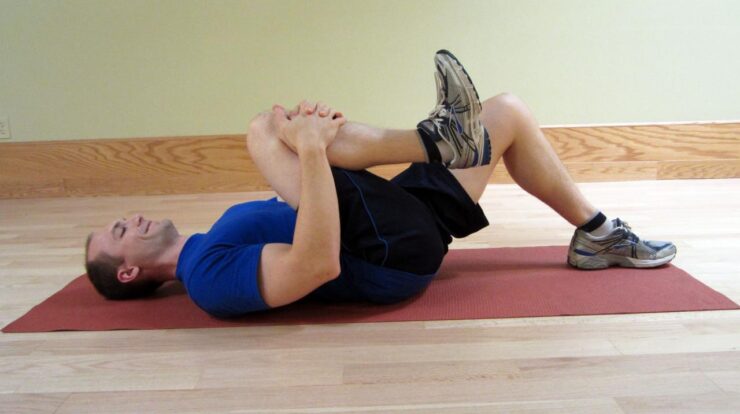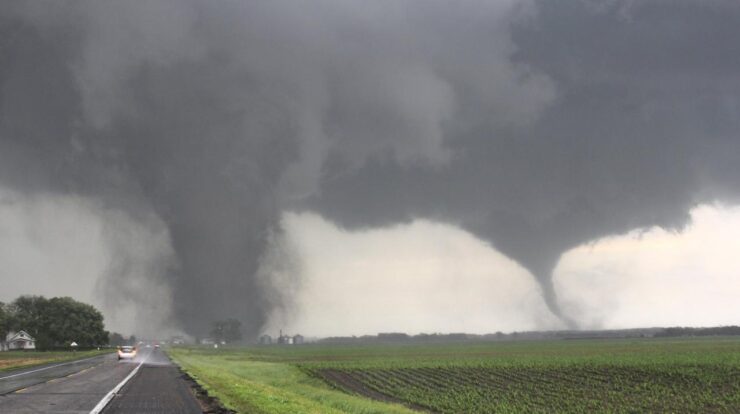
Tornadoes today pose a significant threat to communities across the globe. With their destructive force, these swirling storms can cause widespread damage and loss of life. Understanding the risks associated with tornadoes and taking appropriate safety measures is crucial for protecting lives and property.
This comprehensive guide delves into the science behind tornado formation, safety precautions to take before, during, and after a tornado, the impacts and damage they can cause, and the latest advancements in tornado forecasting and mitigation.
Tornado Formation and Characteristics
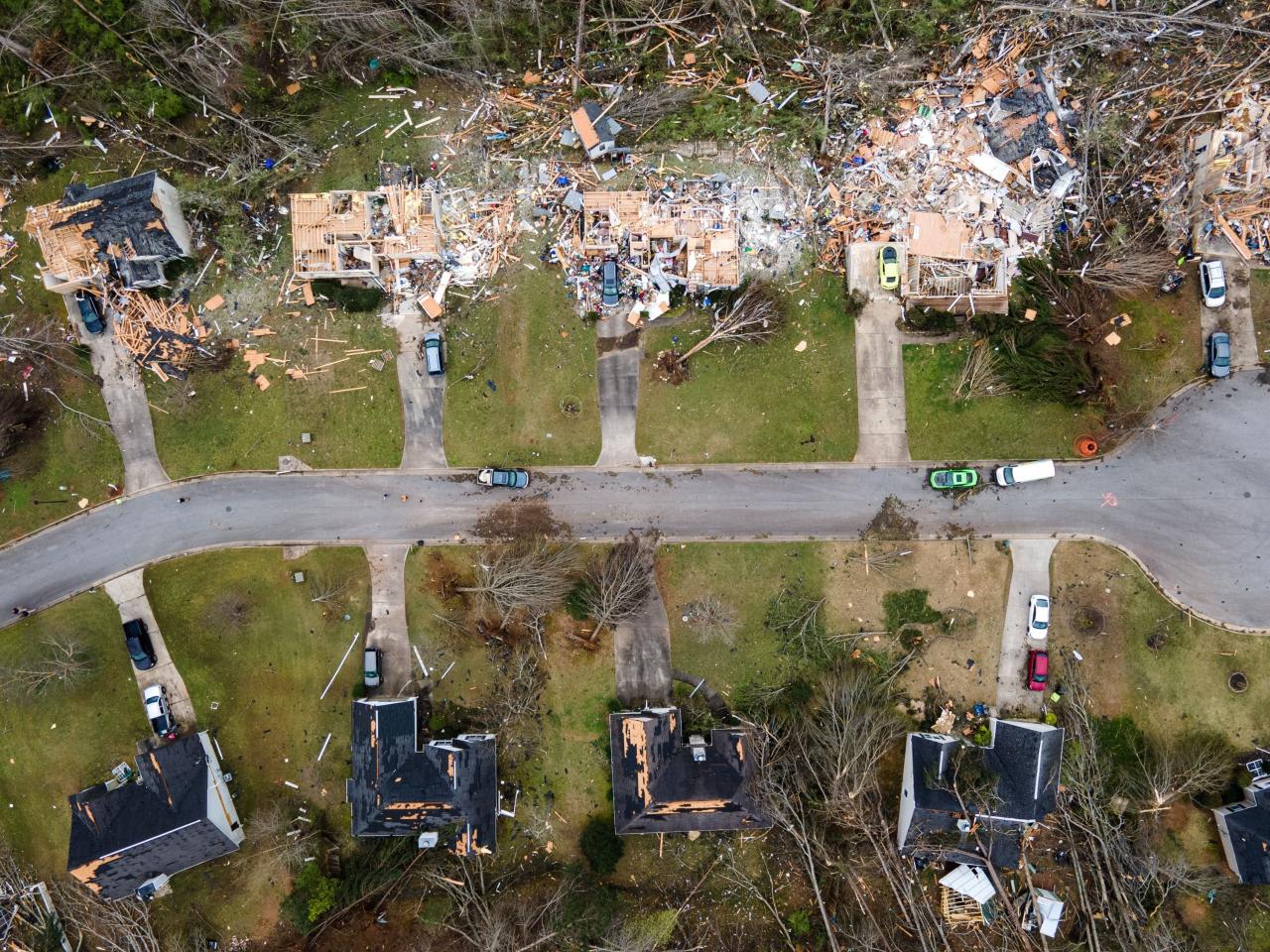
Tornadoes are violent, rotating columns of air that extend from the base of a thunderstorm cloud to the ground. They are characterized by their funnel-shaped appearance and can cause severe damage and loss of life.
Atmospheric Conditions for Tornado Formation
Tornadoes form when there is a combination of favorable atmospheric conditions, including:
- Strong wind shear, which is a change in wind speed and direction with height
- Warm, moist air near the surface
- Unstable air, which is air that is easily lifted
Types of Tornadoes
There are several different types of tornadoes, each with its own unique characteristics:
- Weak tornadoes(EF0-EF1) have wind speeds of up to 110 mph and can cause damage to trees and buildings.
- Strong tornadoes(EF2-EF3) have wind speeds of up to 165 mph and can cause severe damage to buildings and infrastructure.
- Violent tornadoes(EF4-EF5) have wind speeds of over 200 mph and can cause catastrophic damage, including the complete destruction of buildings.
Tornado Safety and Preparedness
Tornadoes can strike quickly and with little warning, so it is important to be prepared. There are several steps you can take to stay safe before, during, and after a tornado:
Before a Tornado
- Create a tornado safety planthat includes evacuation routes and shelter locations.
- Stay informed about weather forecastsand be aware of any tornado watches or warnings.
- Secure your homeby closing windows and doors, and removing any loose objects that could become projectiles.
During a Tornado
- Take shelter immediatelyin a sturdy building or underground shelter.
- Stay away from windowsand exterior walls.
- Lie down flatand cover your head with your hands or a blanket.
After a Tornado
- Stay out of damaged buildingsand be aware of downed power lines.
- Report any injuries or damageto the authorities.
- Follow the instructionsof local officials and emergency responders.
Tornado Impacts and Damage
Tornadoes can cause a wide range of damage, including:
Structural Damage
- Buildings: Tornadoes can destroy buildings, causing collapse and widespread damage.
- Infrastructure: Tornadoes can damage roads, bridges, and power lines, disrupting transportation and communication.
Environmental Damage
- Trees: Tornadoes can uproot trees, causing damage to property and infrastructure.
- Vegetation: Tornadoes can destroy crops and vegetation, leading to economic losses and environmental degradation.
Economic Damage, Tornadoes today
- Property damage: Tornadoes can cause billions of dollars in property damage, including damage to homes, businesses, and infrastructure.
- Business disruption: Tornadoes can disrupt businesses, leading to lost revenue and productivity.
Tornado Forecasting and Tracking
Meteorologists use a variety of methods to forecast and track tornadoes:
Tornado Forecasting
- Weather models: Meteorologists use computer models to predict atmospheric conditions that are favorable for tornado formation.
- Doppler radar: Doppler radar can detect the rotation of air within a thunderstorm, which can indicate the presence of a tornado.
- Storm spotters: Trained storm spotters can provide ground-level observations of tornadoes and relay them to the National Weather Service.
Tornado Tracking
- Tornado warnings: The National Weather Service issues tornado warnings when a tornado has been spotted or is indicated by radar.
- Tornado sirens: Tornado sirens are activated when a tornado warning is issued.
- Mobile phone alerts: Many mobile phones can receive tornado warnings and alerts.
Tornado Research and Mitigation: Tornadoes Today
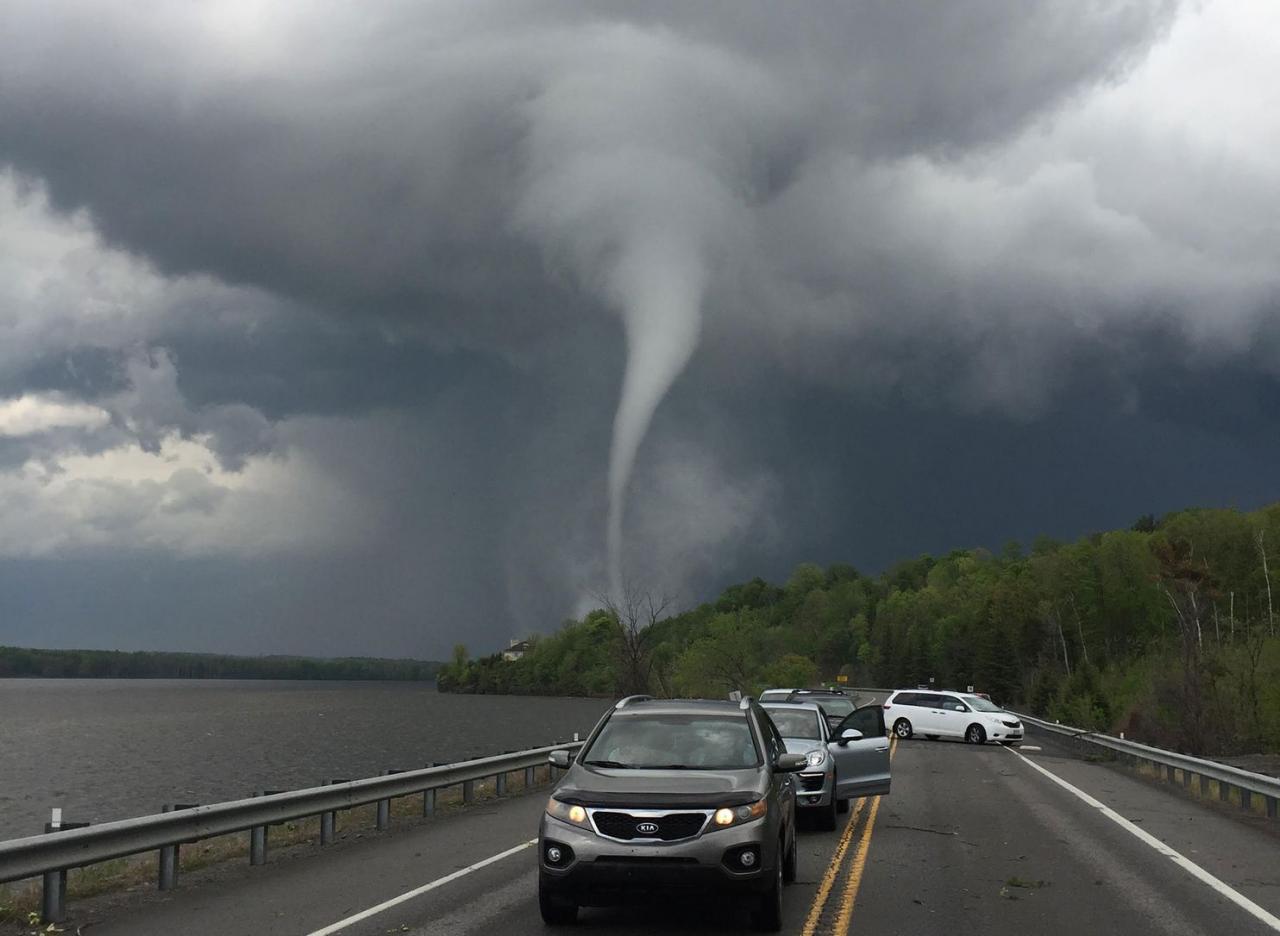
Researchers are constantly working to improve our understanding of tornadoes and to develop new ways to mitigate their impacts:
Tornado Research
- Field studies: Researchers conduct field studies to observe tornadoes and collect data on their formation and behavior.
- Computer modeling: Researchers use computer models to simulate tornado formation and behavior.
- Laboratory experiments: Researchers conduct laboratory experiments to study the physics of tornadoes.
Tornado Mitigation
- Tornado shelters: Tornado shelters provide safe havens for people during tornadoes.
- Building codes: Building codes can be designed to make buildings more resistant to tornadoes.
- Land-use planning: Land-use planning can be used to reduce the risk of tornado damage.
Outcome Summary
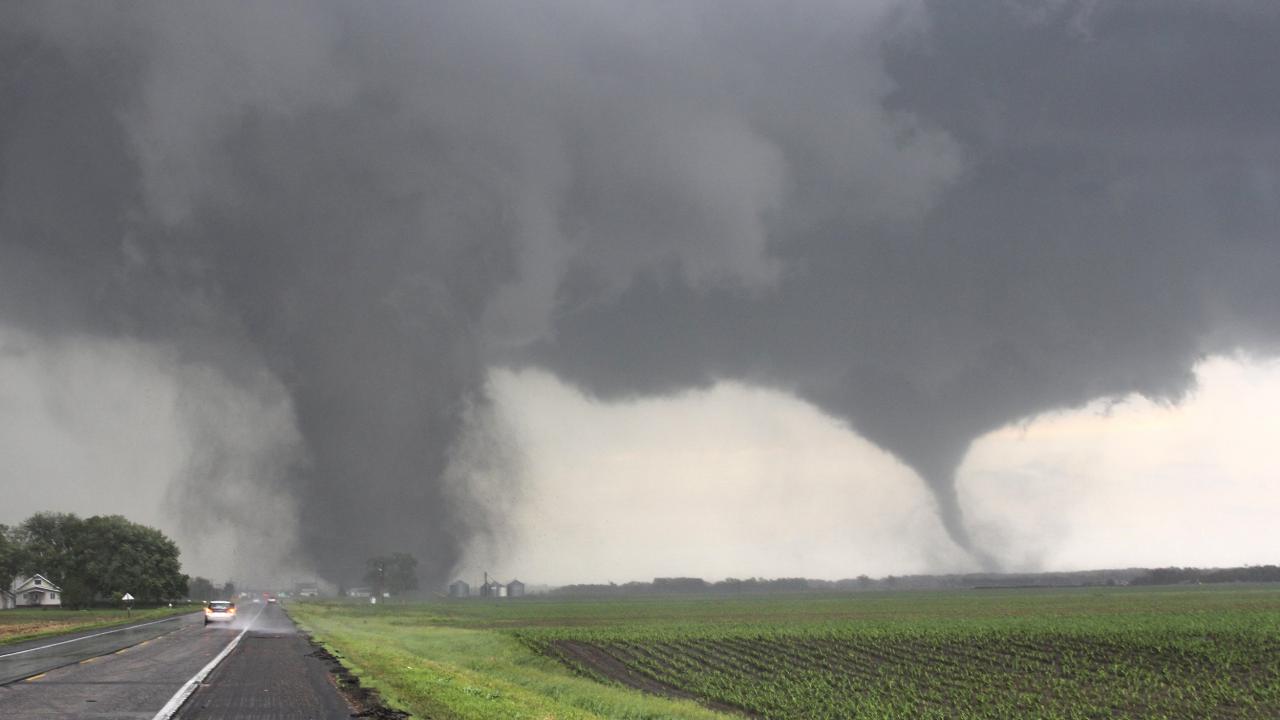
Tornadoes today remain a formidable force of nature, but through education, preparedness, and cutting-edge technology, we can minimize their impact and protect ourselves from their devastating effects. By staying informed, taking precautions, and supporting research and mitigation efforts, we can build resilient communities that can withstand the challenges posed by these powerful storms.
FAQ Section
What are the signs of an approaching tornado?
Funnel cloud, rotating debris, loud roaring sound
What should I do if I see a tornado?
Take shelter immediately in a basement or interior room on the lowest floor
What are the most common types of tornado damage?
Structural damage to buildings, downed trees and power lines, environmental damage


